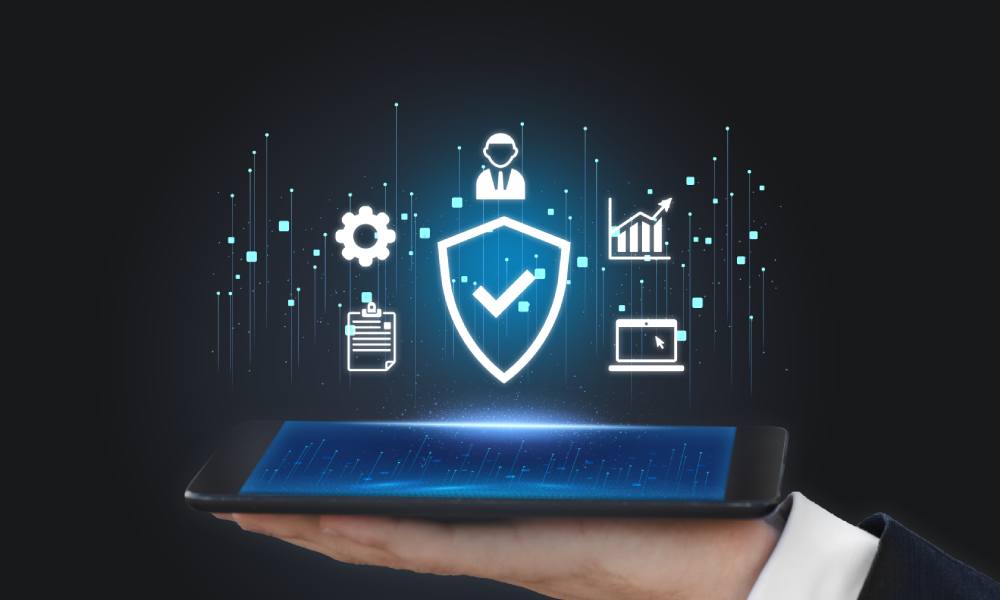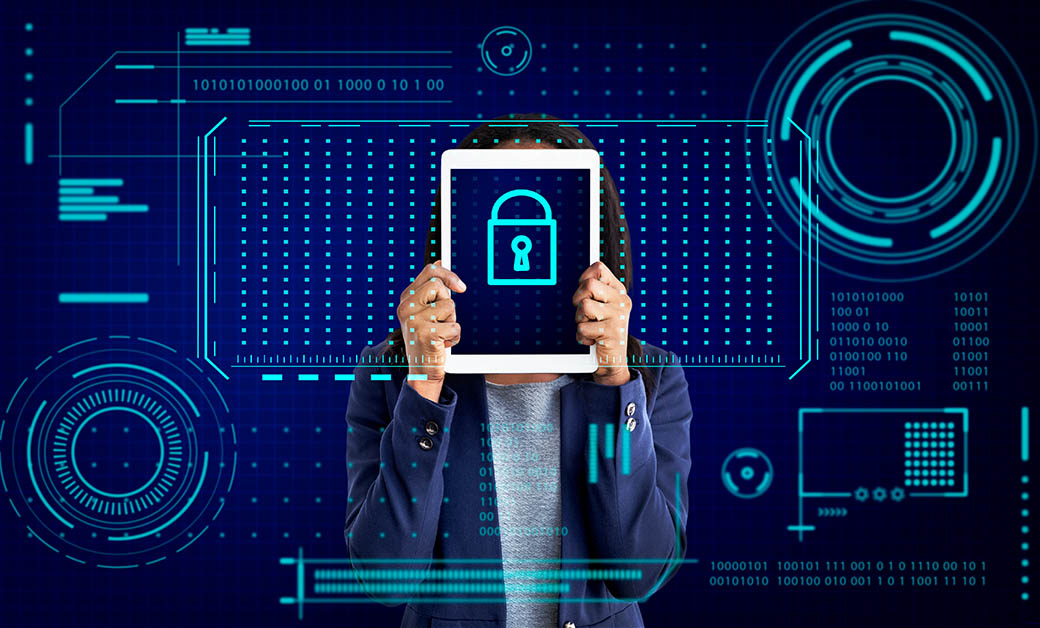MSP & Arctic Wolf Provides Comprehensive Cyber Security!
In today’s digital age, cyber security has become a crucial aspect of our lives. From protecting personal information to securing business data, understanding the basics of cyber security is essential for everyone. This guide will walk you through the fundamental concepts of cyber security and provide practical tips to safeguard your digital assets.
What is Cyber Security?
Cyber security refers to the practice of protecting systems, networks, and programs from digital attacks. These cyberattacks are usually aimed at accessing, changing, or destroying sensitive information, extorting money from users, or interrupting normal business processes.
Why is Cyber Security Important?
- Protection of Personal Data: Prevents identity theft and protects personal information.
- Business Integrity: Ensures the confidentiality, integrity, and availability of business data.
- Legal Compliance: Meets regulatory requirements and avoids legal repercussions.
Common Cyber Threats
- Malware: Malicious software such as viruses, worms, and ransomware that can damage or disable systems.
- Phishing: Fraudulent attempts to obtain sensitive information by disguising as a trustworthy entity in electronic communications.
- Man-in-the-Middle Attacks: Eavesdropping on the communication between two parties to steal or manipulate data.
- Denial-of-Service (DoS) Attacks: Flooding a network with traffic to disrupt services.
Basic Cyber Security Practices
- Use Strong Passwords: Create complex passwords that are difficult to guess and change them regularly.
- Enable Two-Factor Authentication (2FA): Adds an extra layer of security by requiring a second form of verification.
- Keep Software Updated: Regularly update software to patch security vulnerabilities.
- Back Up Data: Regularly back up important data to prevent loss in case of an attack.
- Educate Yourself and Others: Stay informed about the latest cyber threats and educate employees or family members about safe online practices.
Advanced Cyber Security Measures
- Firewalls: Protect networks by controlling incoming and outgoing traffic based on security rules.
- Intrusion Detection Systems (IDS): Monitor networks for suspicious activity and potential threats.
- Encryption: Protect sensitive data by converting it into a secure code that can only be deciphered with a key.



